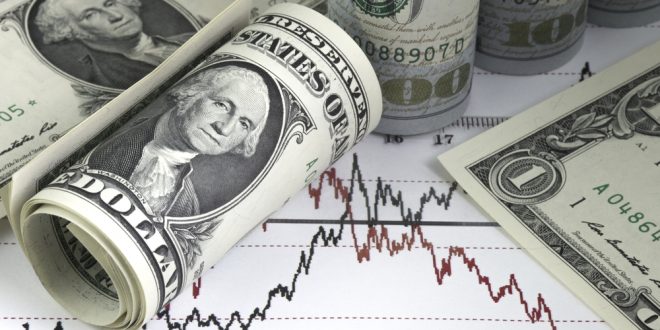The US dollar strengthened for the third day in a row Monday, January 18th, reaching a four-week high amid a case of risk aversion in the currency markets that pushed the Australian dollar and the British pound down.
In light of the closure of the US markets on a public holiday today and the approaching date of the inauguration of President-elect Joe Biden, scheduled for tomorrow, Wednesday, the major currencies remained within their ranges amid a careful follow-up of the new administration’s stance towards the dollar.
While President Donald Trump has been publicly criticizing the strength of the dollar for years, Janet Yellen, whom Biden has chosen to take over the Treasury, is expected to announce that her country is not seeking to weaken the dollar, according to the Wall Street Journal.
In addition, Biden’s plan to introduce a $ 1.9 trillion stimulus package led to a significant spike in US Treasury yields and the strengthening of the dollar after its decline in late 2020.
The dollar index rose to its highest level in a month and recorded in the latest transactions 90.94, the highest level since December 21.
The euro fell to its lowest level in six weeks, recording $ 1.2066. The Australian and New Zealand dollars also fell against the US currency, to the Australian record its lowest level in a week at $ 0.7679, while the New Zealand dollar hit its lowest level in three weeks at $ 0.7117.
Better than expected Chinese economic data prevented a further decline in risky currencies, but it was not enough to completely change dealers’ sentiment.
 Noor Trends News, Technical Analysis, Educational Tools and Recommendations
Noor Trends News, Technical Analysis, Educational Tools and Recommendations





